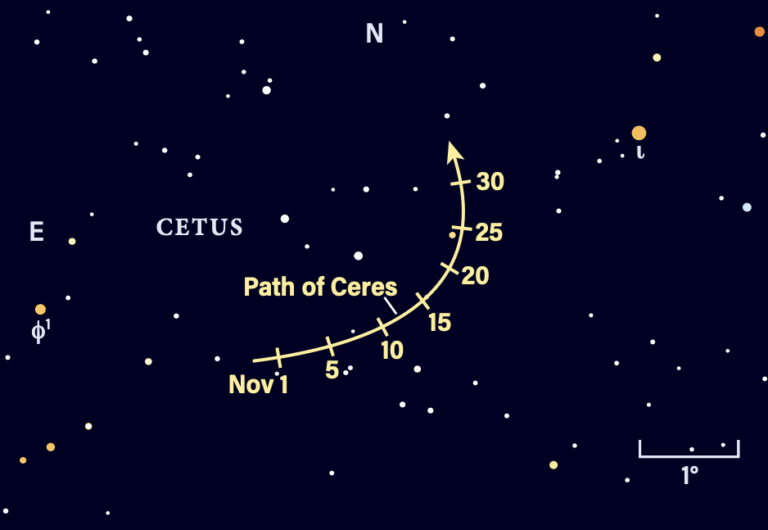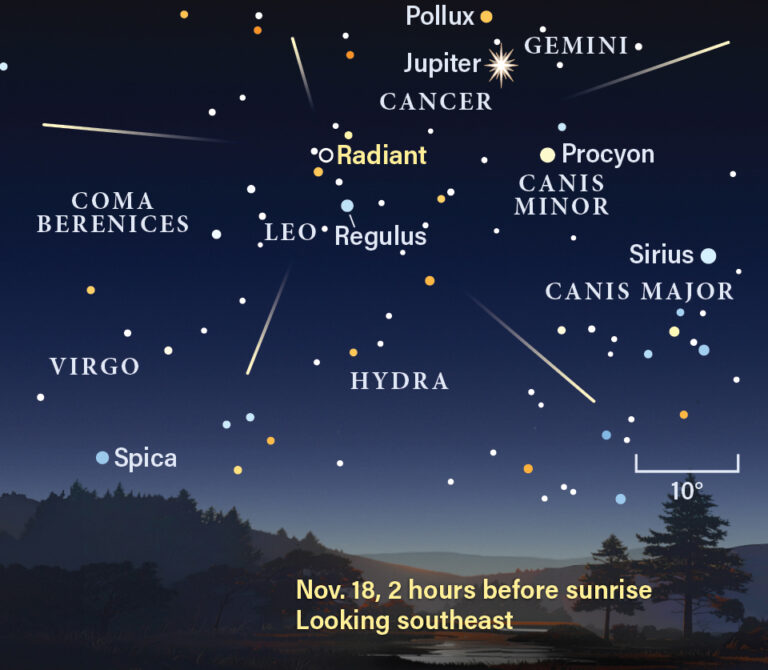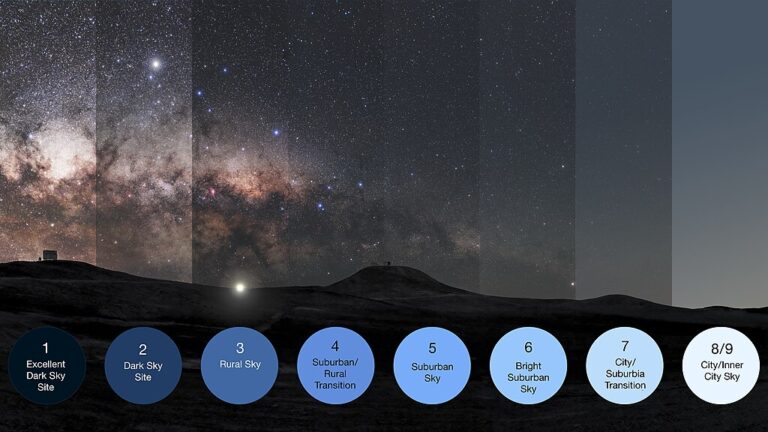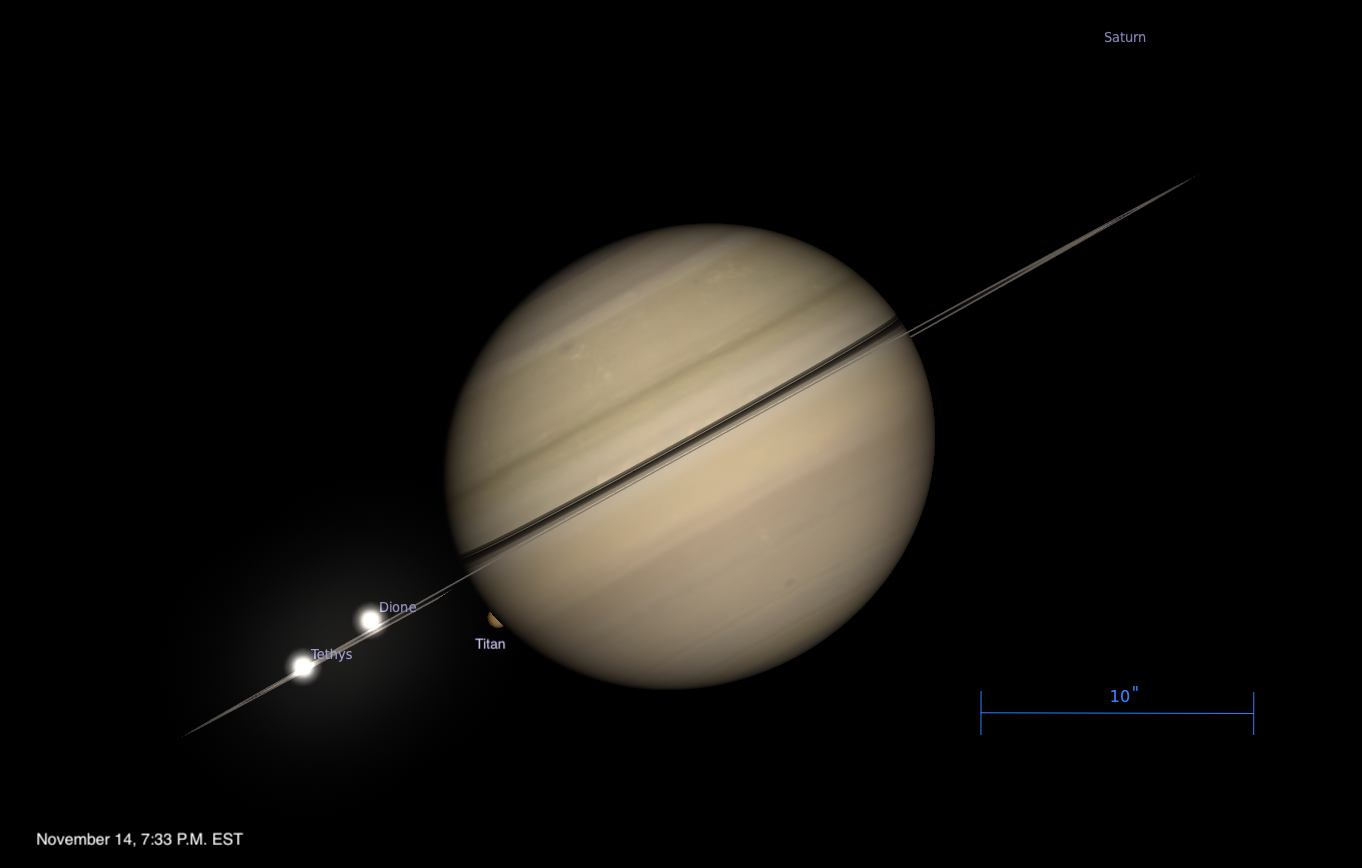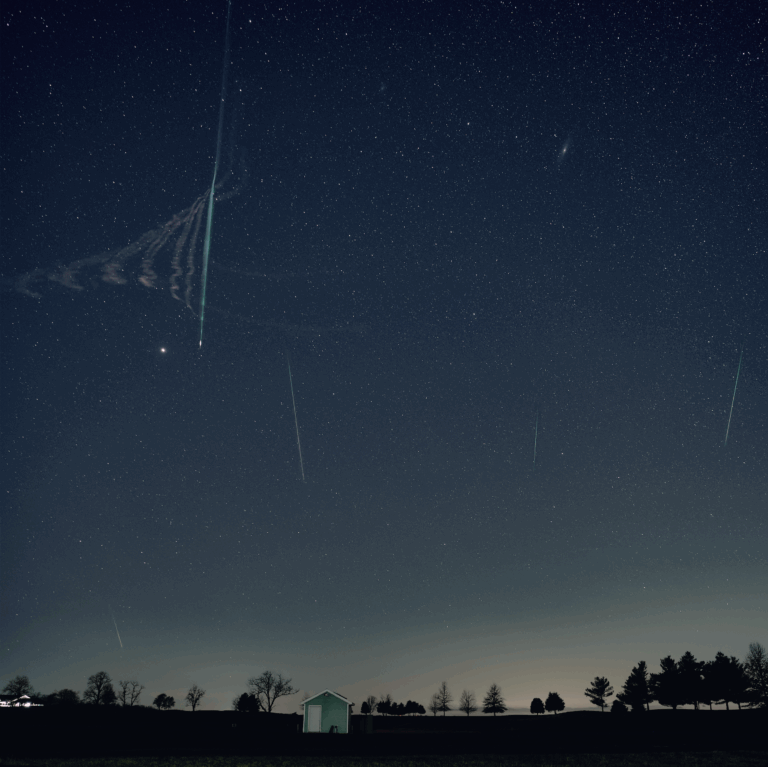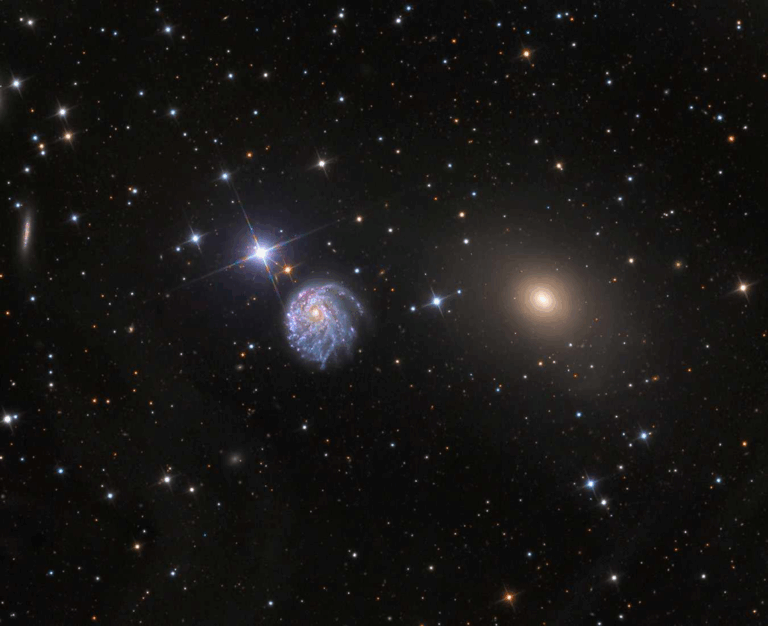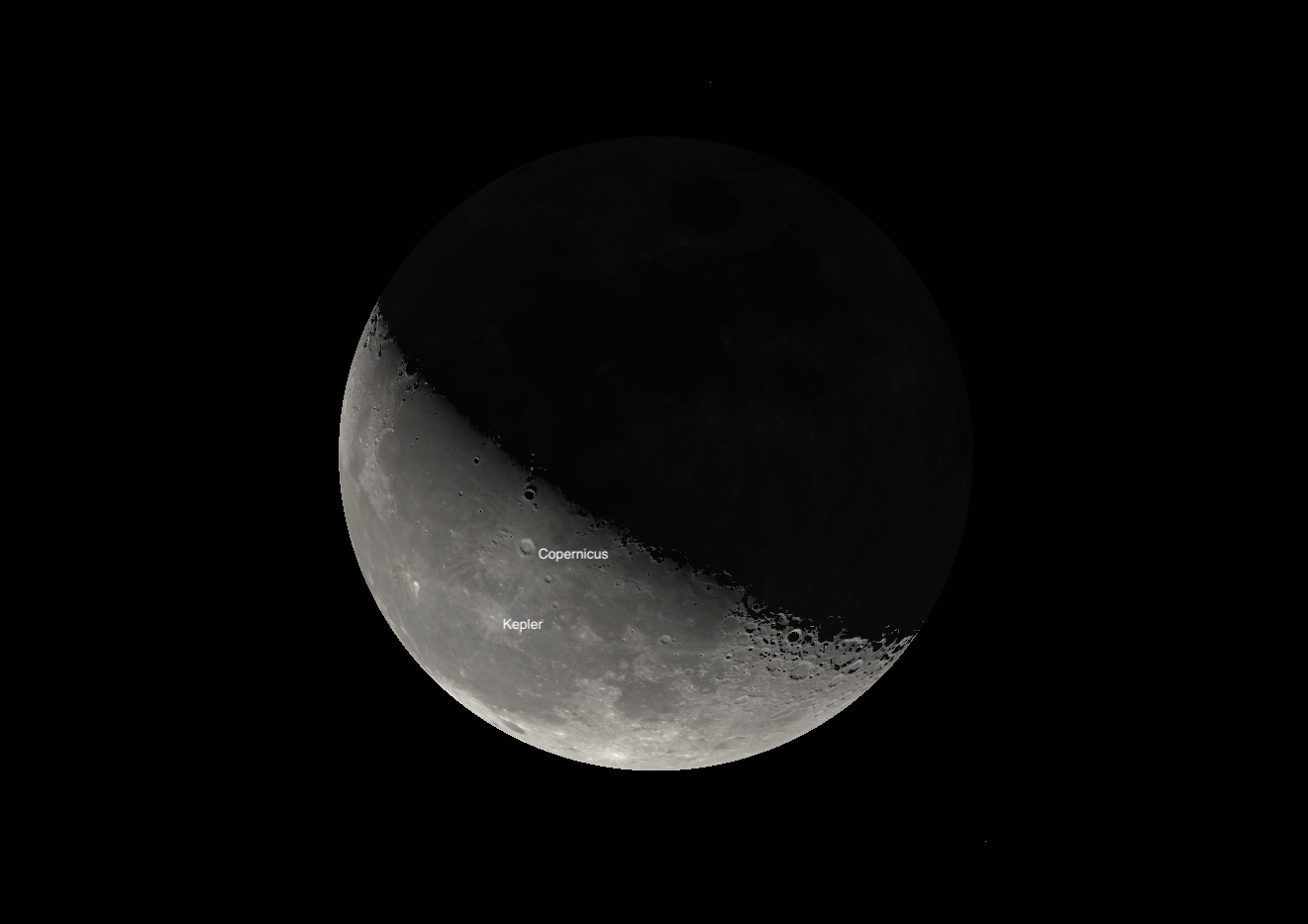Key Takeaways:
Most observers can recognize the Sun and the Moon, planets and comets, and deep-sky objects from double stars to nebulae, clusters, and galaxies at first glance. But an asteroid? As the name implies — aster is the Latin word for “star” — it looks like a star, so it doesn’t stand out when real stars clutter the same field. Things would get more interesting if the viewer were to return the next night and notice that one of the “stars” had moved. But star parties typically are one-night deals, so asteroids aren’t on the menu.
Before I continue, let me explain why I use asteroid rather than the broader astronomical term minor planet. Simply put, I like “asteroid” better. Maybe it’s the negative connotation of “minor planet.” Asteroids aren’t minor at all. Just ask the dinosaurs.
Astronomy magazine subscribers can read the full article for free. Just make sure you’re registered with the website.

